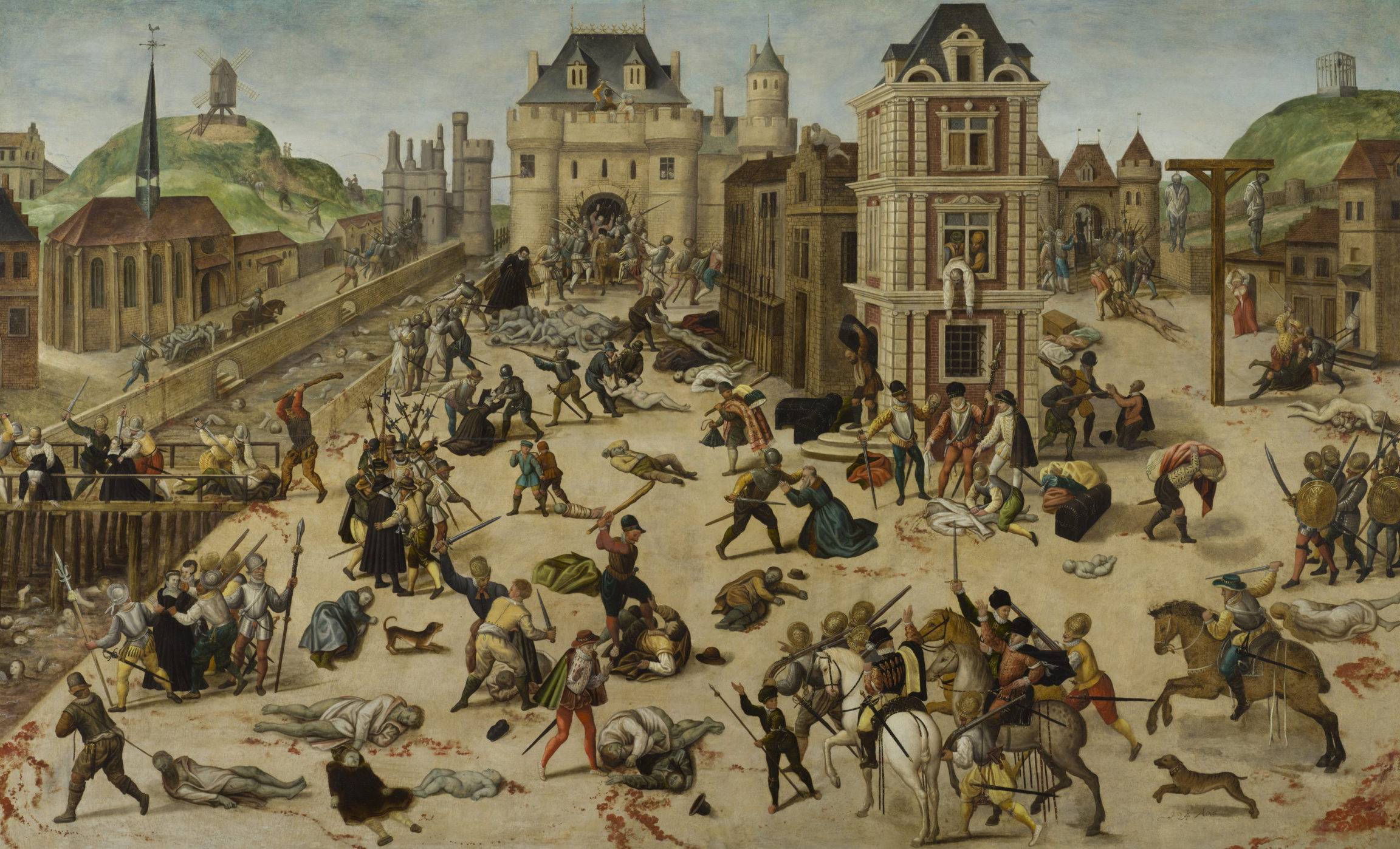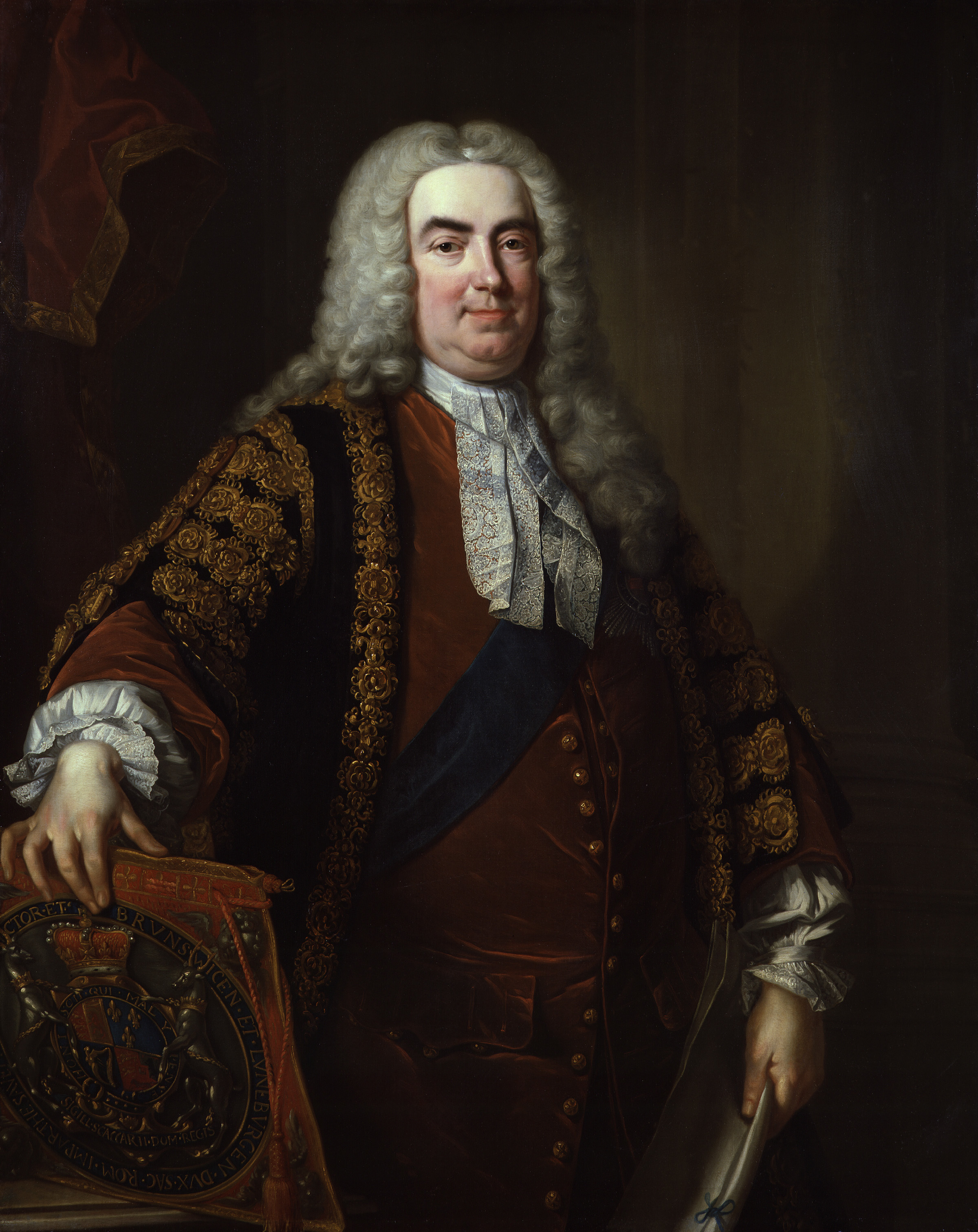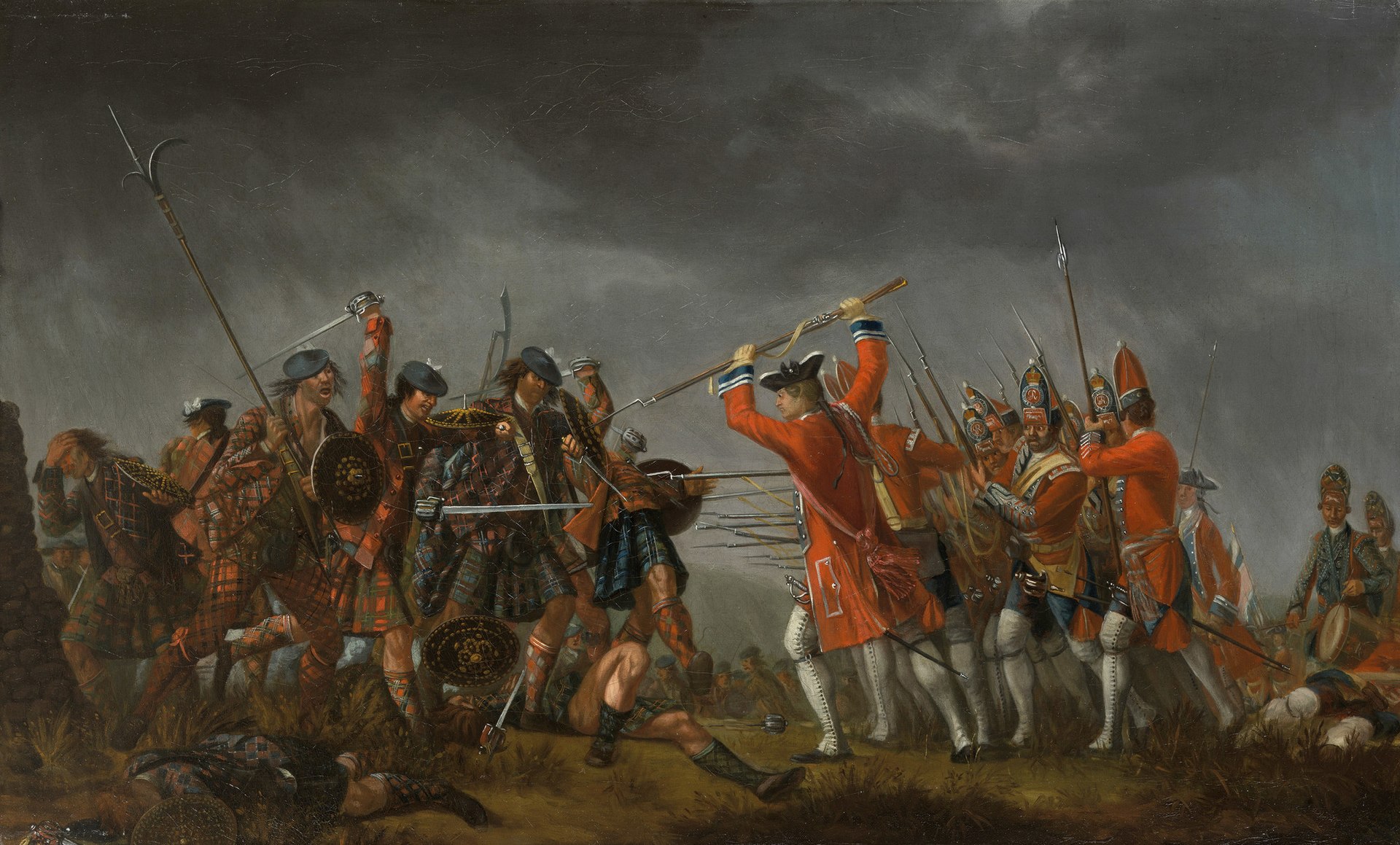Constitutional Monarchy and Early 18th Century Britain
How Britain became a constitutional monarchy, the rise of party politics and the free press, population changes, the Union with Scotland, the first Prime Minister, the Jacobite rebellion and the Highland Clearances.
The Bill of Rights and the Constitutional Monarchy
At the coronation of William and Mary, a Declaration of Rights was read. It said the king could no longer raise taxes or run the courts without Parliament’s agreement. This permanently changed the balance of power between the monarch and Parliament.
In 1689, the Bill of Rights confirmed Parliament’s powers and limited the king’s authority. Parliament decided who could be monarch and declared that the king or queen must be a Protestant. A new Parliament had to be elected at least every three years (later seven, and now five). Each year, the monarch had to ask Parliament to renew funding for the army and navy.
To rule effectively, the monarch now needed advisers or ministers who could win a majority in both the House of Commons and the House of Lords. Two main groups formed in Parliament — the Whigs and the Tories (the modern Conservative Party still uses the name Tories). This was the start of party politics.
In 1695, newspapers were allowed to publish without a government licence, beginning a free press. More newspapers appeared across the country.
These changes marked the start of the constitutional monarchy. The monarch was still important but could no longer act without Parliament’s support. Over time, the ministers became more powerful than the monarch. However, this was not yet a democracy. Only men with property could vote. Women had no vote. Some voting areas, or constituencies, were unfair — a few were controlled by one rich family (pocket boroughs), while others had almost no voters (rotten boroughs).
Britain Growing Population
During this time, many people left Britain and Ireland to settle in America and other colonies. But new people also came to Britain.
The first Jews since the Middle Ages settled in London in 1656. Between 1680 and 1720, Huguenot refugees arrived from France. They were Protestants who fled religious persecution. Many were educated and skilled, working as scientists, in banking, weaving, and crafts.

The Act (or Treaty) of Union
Queen Anne, who followed William and Mary, had no surviving children. This caused uncertainty over who would rule England, Wales, Ireland, and Scotland.
In 1707, the Act of Union (called the Treaty of Union in Scotland) created the Kingdom of Great Britain. Scotland was no longer independent, but it kept its own legal system, education system, and Presbyterian Church.
The Firt Prime Minister
When Queen Anne died in 1714, Parliament chose George I, a German, as king because he was her nearest Protestant relative. The Scottish Jacobites tried to make James II’s son king instead but failed.
Because George I spoke little English, he depended heavily on his ministers. The most important minister became known as the Prime Minister. The first person with this title was Sir Robert Walpole, who served from 1721 to 1742.

The Rebellion of the Clans
In 1745, Charles Edward Stuart (known as Bonnie Prince Charlie), grandson of James II, tried to replace George II with a Stuart king. Supported by Scottish Highland clans, he raised an army and won early victories.
However, he was defeated at the Battle of Culloden in 1746 and fled to Europe. After this, the clans lost power. Some chieftains became landlords, and clansmen became tenants who had to pay rent.
This led to the Highland Clearances, when landlords destroyed small farms (crofts) to make way for sheep and cattle. By the early 19th century, evictions were common, and many Scots emigrated to North America.

Robert Burns (1759–1796)
Key Points
- Declaration of Rights limited royal power (1689).
- Bill of Rights confirmed Parliament’s authority.
- Monarch had to be Protestant.
- Regular elections and Parliamentary funding for the army and navy introduced.
- Birth of party politics: Whigs and Tories.
- Free press began in 1695.
- Start of constitutional monarchy, ministers gained more power.
- Voting limited to property-owning men.
- Some boroughs were corrupt: pocket and rotten boroughs.
- Migration: Jews (1656) and Huguenots (1680–1720) arrived.
- Act/Treaty of Union (1707) created Great Britain; Scotland kept legal and religious systems.
- George I (1714) became king; Sir Robert Walpole was first Prime Minister (1721–1742).
- Jacobite Rebellion (1745) led by Bonnie Prince Charlie, defeated at Culloden (1746).
- Highland Clearances changed Scottish society; many emigrated.
- Robert Burns (1759–1796), Scottish poet, wrote Auld Lang Syne.